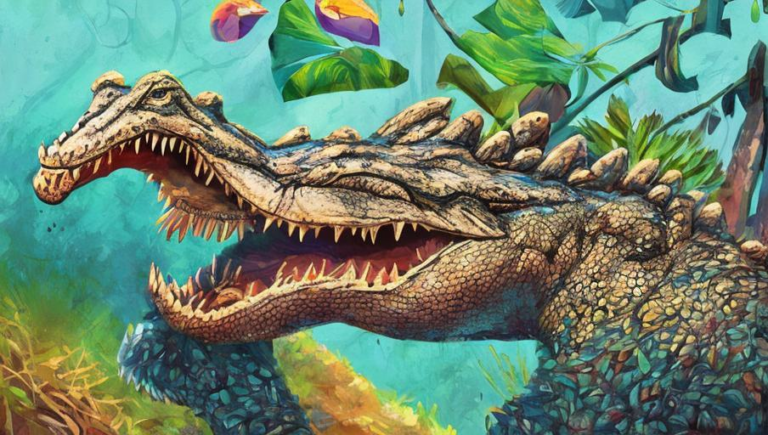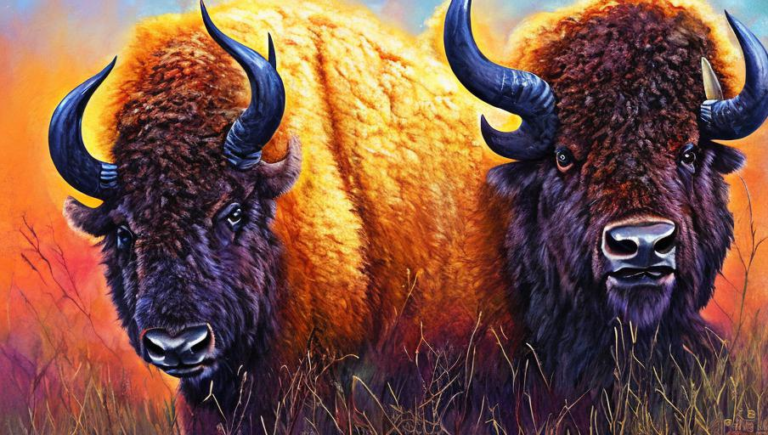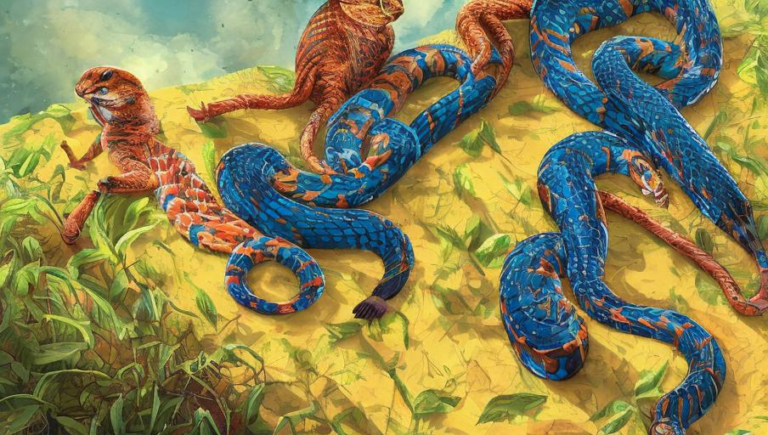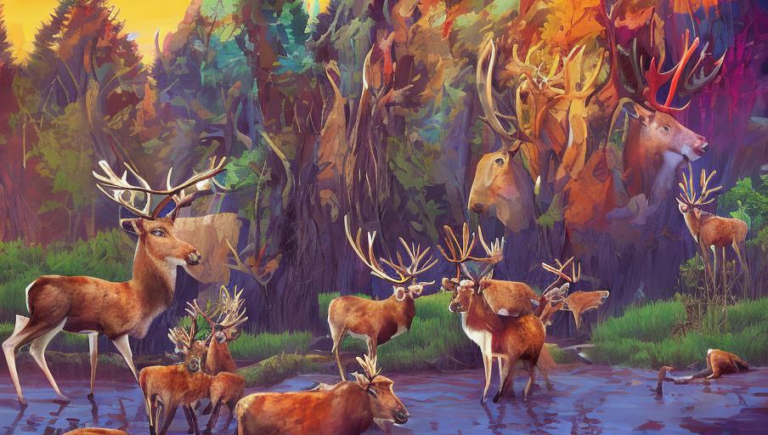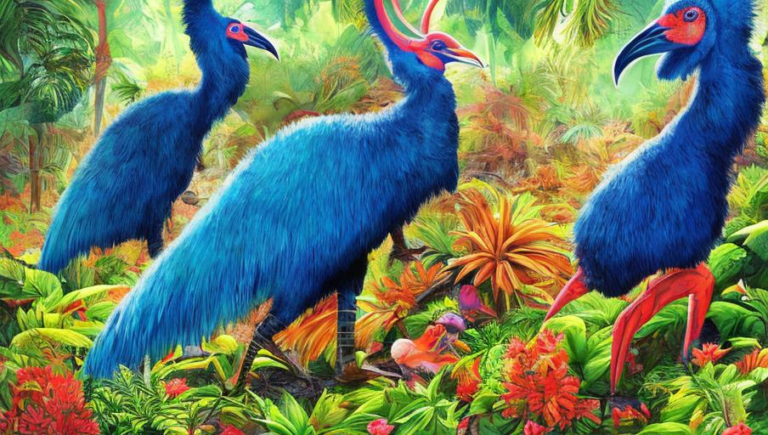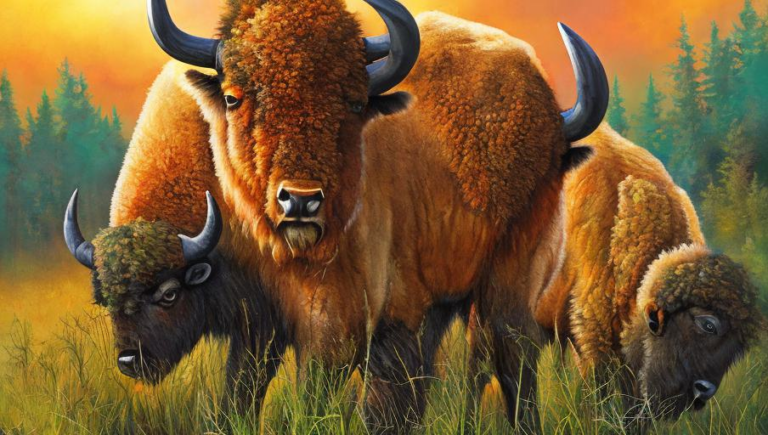Journey of the Chicken: A Look into its History
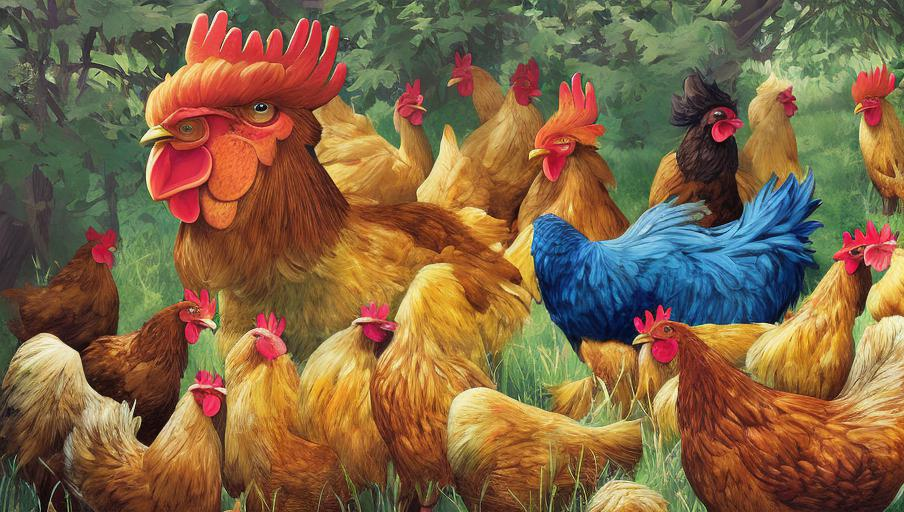
The Beginnings of the Chicken
The chicken, Gallus gallus domesticus, is a domesticated fowl, descended from the wild red junglefowl of South Asia. Its scientific name reflects its beginnings, with the Latin Gallus meaning “rooster”, and domesticus meaning “belonging to the home”. It is believed that the chicken was first domesticated more than 5,000 years ago, with archaeological evidence showing that chickens were kept as far back as 3,000 BC in India.
Early Uses and Domestic Expansion
The early domesticated chickens were used primarily for cockfighting, with the sport being popular in both India and Persia. Over time, chickens were spread across the world, with the ancient Romans using them for religious ceremonies and their meat. The birds were also a popular food source in Medieval Europe, and by the 13th century, chickens were a common sight throughout the continent.
The Industrial Revolution and Modern Breeds
The Industrial Revolution saw a huge surge in the production of chickens, with new breeds being developed for different purposes. Some of the most popular breeds today are the Cornish Cross, which is used for meat production, and the Leghorn, which is used for egg production. Modern chickens are bred for a variety of different purposes, including meat, eggs, show, and ornamental use.
The Impact of Chickens on Society
The chicken has had a huge impact on society over the centuries. From religious ceremonies to food production, the chicken has been an integral part of many cultures throughout the world. Today, chickens are a popular food source, providing both meat and eggs, and are a major part of the poultry industry. The chicken is also a popular pet, with many people keeping them as companions in their homes.
Conclusion
The chicken is a domesticated animal with a long and varied history. From its beginnings in India, to its spread across the world, the chicken has been used for many different purposes, from cockfighting to food production. It has had a huge impact on society, and today remains an important part of many different cultures.
